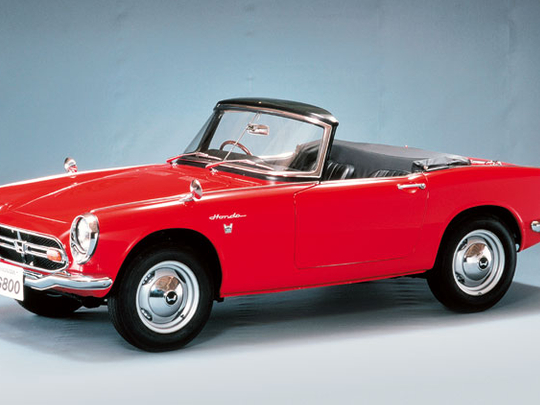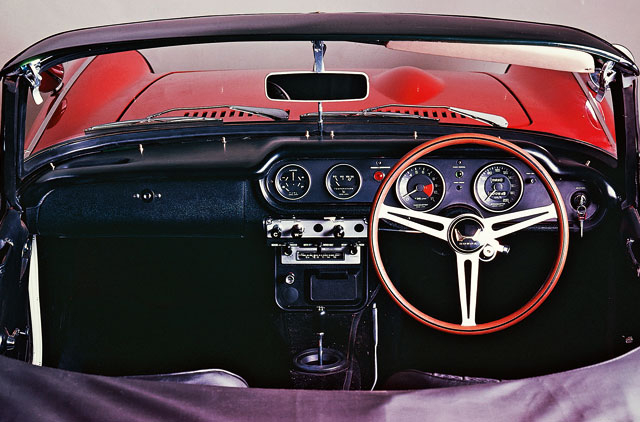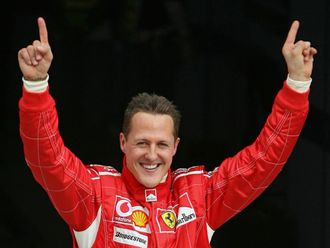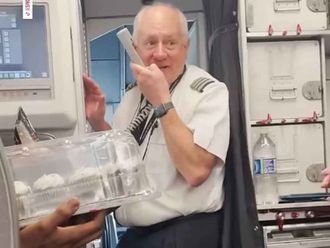
If you look at the history of the automobile, most major carmakers have built on their heritage to continuously improve their product line-up over the years. While adapting to changing times and embracing new business models, most of them have made sure that their rich legacy remains unchanged. Sadly, the same can't be said about Honda, which started off as a non-conformist company that was always known for its technical innovation and fun-to-drive cars.
Today, it won't be far from the truth to say that the Japanese automaker has lost the plot. By deciding to follow Toyota in churning out highly dependable yet run-of-the-mill people movers, Honda has alienated itself from its glorious past.
The uninspiring powertrains and ordinary technology in their cars are a far cry from the days the great Soichiro Honda decided to move up from motorcycles to four-wheelers.
Although Soichiro had nurtured a dream to make fun cars brimming with cutting-edge technology as early as the Fifties, it was not until the early Sixties that it was realised, when the first two of his series of open-top two-seat sportscars, the S360 and the S500, were unveiled. The S360, which was a straight progression of the 1959 prototype X170 with a 360cc air-cooled V4 with overhead cam, didn't make it to the market though. Instead, the wider S500 with a larger 531cc engine was the one greenlighted by Honda with an eye on selling it across the world. Influenced heavily by lightweight British sportscars of the time, the S500 was the perfect embodiment of Soichiro's dream.
Not one to be complacent, Soichiro had already got his team of engineers started on a bigger sportscar, and the new S600 went on sale just three months after the S500 was launched. With a water-cooled inline four-cylinder engine displacing 606cc, putting out 57bhp at 8,500rpm and 51Nm at 5,500rpm, the S600 was an instant sensation.
At a time when cars with two carburettors were considered sportscars, the S600's four carburettors gave it an immediate edge. Mated to a four-speed manual, this engine took the mini sportscar to a top speed of 141kph. And weighing in at a mere 715kg (convertible), it's also one of the lightest production cars ever made.
The independent suspension featured hydraulic double-action telescopic shock absorbers up front and coil springs with hydraulic single-action shocks at the rear with sealed roller chain drive to each rear wheel. Originally offered only in right-hand drive, it was soon made available in left-hand drive to appeal to export markets as well.
With just 13,084 examples (11,284 convertibles and 1,800 coupés) sold worldwide in its three-year life, the early sportscars including the S600 never made Honda any money. But what they did was showcase remarkable engineering capabilities of this maverick company run by an equally unconventional genius. And if you trawl a few classic-car sites, you could get one in decent condition for anything between $3,000 and $8,000 (Dh11,000 and Dh29,400). Quite a reasonable price to pay for a slice of Honda history that the company in its current form will never be able to replicate.












